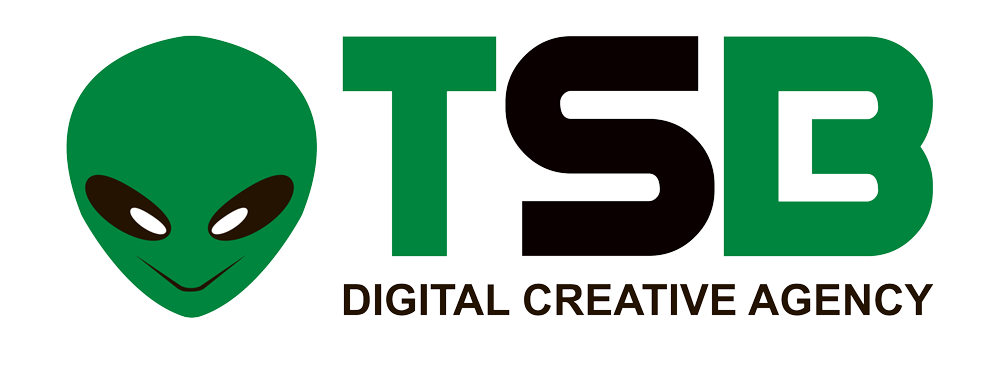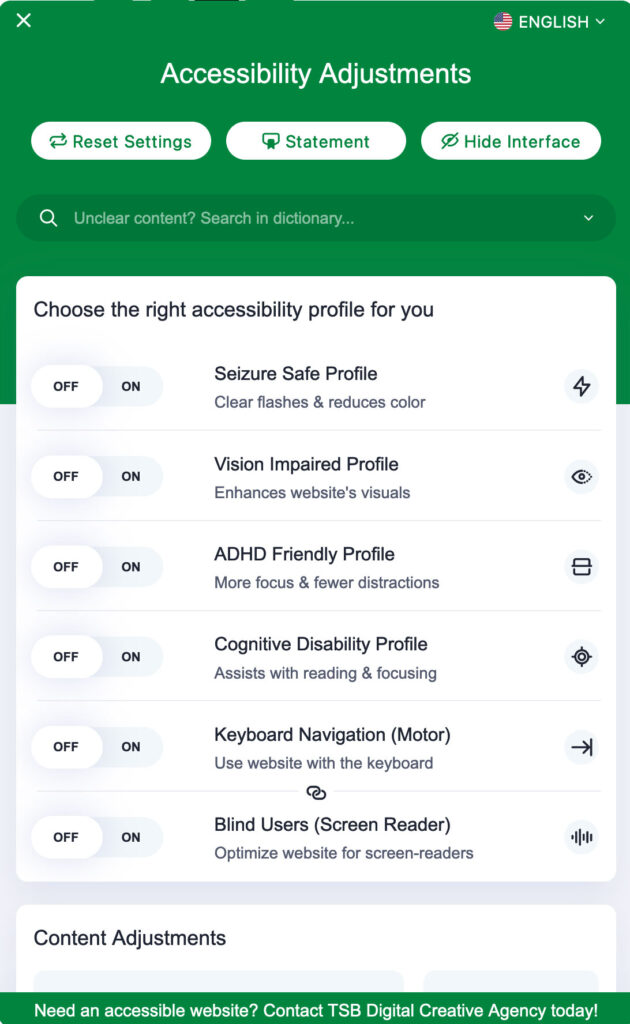Website Accessibility
What is web accessibility?
Web accessibility is the inclusive practice of making websites and their digital properties accessible to people with disabilities. The ADA requires accessibility for websites, as they are considered places of public accommodation.
What are the benefits of accessibility for websites?
1. Mitigate Legal Risk: In 2021, the number of web-related lawsuits in the U.S. saw a 320% increase over the past eight years; the average settlement costs around $30,000. An accessible website could save you time and money that would be spent settling a potential lawsuit.
2. Optimize your website’s reach: Make your website accessible to 15% of the population who are an underserved and loyal group of consumers. Doing so helps you reduce bounce rates and maximizes your site’s reach with enhanced search visibility.
3. It’s the right thing to do: The Diversity, Equity, and Inclusion social movement is growing exponentially. Accessibility is a human right, and brands that prioritize it send a clear, positive message that they care about all members of their communities.
4. Receive tax incentives: There is up to a $5,000 tax credit available to business owners who invest in accessibility.
Why implement?
In 2021 alone, the number of web-related lawsuits in the U.S. reached upwards of 11,400, marking a 320% increase in cases over the past eight years; that percentage is lifting annually. Making your website ADA-compliant will allow your business to mitigate any legal risk associated with inaccessible sites, saving you time and money that would be spent settling a potential lawsuit.
Accessibility principles often lead to clearer, simpler, and more usable websites for all users, not just those with disabilities.
Remember, web accessibility is not just about compliance; it’s about creating a better web experience for everyone. By making your website accessible, you can contribute to a more equitable and inclusive digital world.

